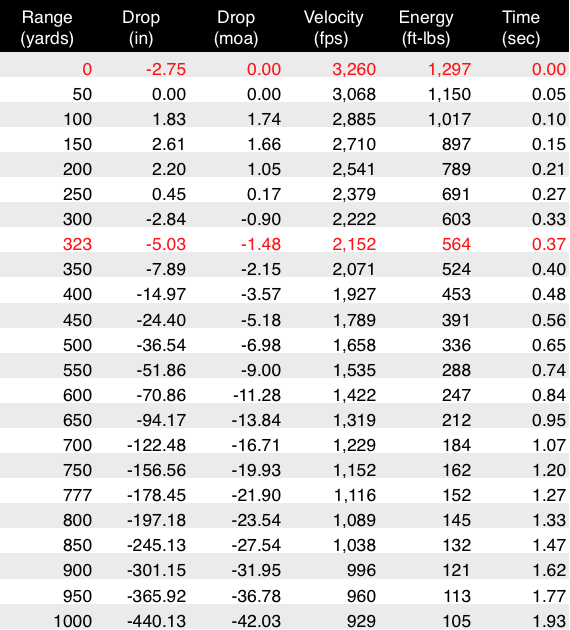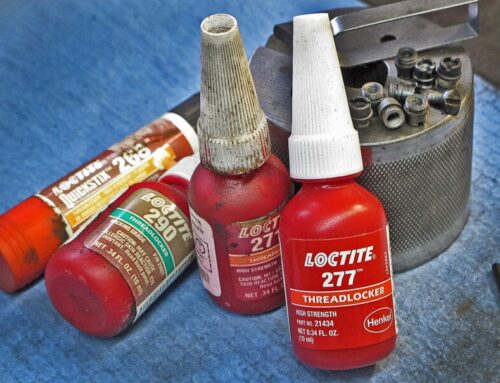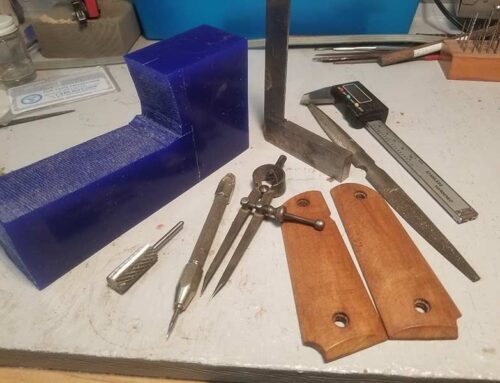Whatever you do, don’t skimp on the optic. Your custom rifle is only as good as the optic on top, like this Trijicon ACOG 3×30.
When deciding on the perfect optic for your AR build, the very first thing you need to do is match the performance window of the optic with the performance window of your rifle. For example, installing an optic that’s optimized for 1,500-yard shooting won’t do a whole lot of good on a Cricket .22LR bolt-action youth rifle. While that’s an exaggeration, the concept of matching performance characteristics does come into play with the AR family.
One of the neat things about the AR family is the wide variety of calibers you can stuff into the same basic rifle platform. Some of these are more appropriate for longer range applications than the original 5.56x45mm. If we get into optics for all the 130 or so AR platform calibers, we’ll be here until the 2016 election, so let’s focus on the standard – the .223 Remington. Certainly, many if not all of the optics discussed here can be useful in other AR calibers like 300 Blackout or 6.8 Remington SPC.
Performance Window of the AR-15
What will the standard AR chambered in .223 Remington or 5.56x45mm NATO really do? That depends partially on the specific gun, as short barrel rifles will launch these projectiles with significantly lower velocity than 16 or 20-inch barrel rifles.
To take a very specific look at the down-range performance of the .223 Remington, let’s use an example case of very common ammo. For the ballistics numbers here, I’m using the Federal American Eagle 55-grain FMJ Boat Tail ammo.The vast majority of what people are buying and shooting with their rifles is pretty darn close in performance to this 55-grain load, so it should be pretty representative.
I’ll assume we’re shooting it from a 16-inch barreled rifle so the actual velocity will be a little less than the 3,240 indicated on the box. That most likely applies to a 20-inch barrel. I clocked the velocity of this round using a Shooting Chrony Beta Master Chronograph placed 15-feet down range and came up with an average of right about 2,900 feet per second when fired from a Smith & Wesson M&P15 VTAC.
When I plug in that velocity, using an optic mounted 2.75-inches above the bore and a 50-yard zero, I get the following ballistic table.
Now it’s time to play pick your numbers. If you care about energy down range, check out the foot-pounds column. At 450 yards, the .223 projectile is carrying about the same amount of kinetic energy as a 9mm pistol delivers near the muzzle. When you lob one all the way out to 900 yards, you’re roughly equivalent to a .22LR projectile. While I certainly wouldn’t want to be plugged by one at a farther range, most people tend to think of the .223 Remington being effective out to 300 or 400 yards. That makes sense as it’s still carrying a respectable amount of energy and traveling close to 2,000 feet per second. Can you hit targets farther out? Sure, but the destructive power drops off dramatically and bullet drop and wind drift get to be a real problem.
Another interesting thing that the trajectory chart tells us is that you can hold directly on a target, without compensating for distance, out to 323 yards. I have this trajectory math set up with a 5-inch threshold either way, assuming we’re aiming at a moderate size target. Given that, we can consider optics with no on-the-fly adjustment capabilities like red dots. Without the need for dials and complicated graduated reticles, we can be effective out past 300 yards.
Accuracy of the AR-15
Another factor to consider is the accuracy potential of the AR-15. While there’s an old rule of thumb that requires four minutes of angle (MOA), or shots within a four-inch circle at 100 yards, most modern AR rifles will shoot somewhere between one and two minutes of angle. That’s within 1-2 inches at 100 yards, 2-4 inches at 200 yards, etc.
I relate this because the size of the aim point in your optic of choice becomes an issue, or more accurately, a non-issue. Most red dot zero magnification optics have dots that range in size from one to three MOA. Given the average one to two MOA of the rifle itself, these dots just about cover the potential variance of the rifle from shot to shot. Cover your target with the dot, and if you do everything right, the shots will fall “inside” of whatever you cover with the dot.
The 200-yard barrier?
I like to consider the optics choice based on an admittedly arbitrary 200-yard barrier. If the gun in question will be used almost always inside of 200 yards, I’’m almost always going to choose a non-magnified optic.








Leave A Comment